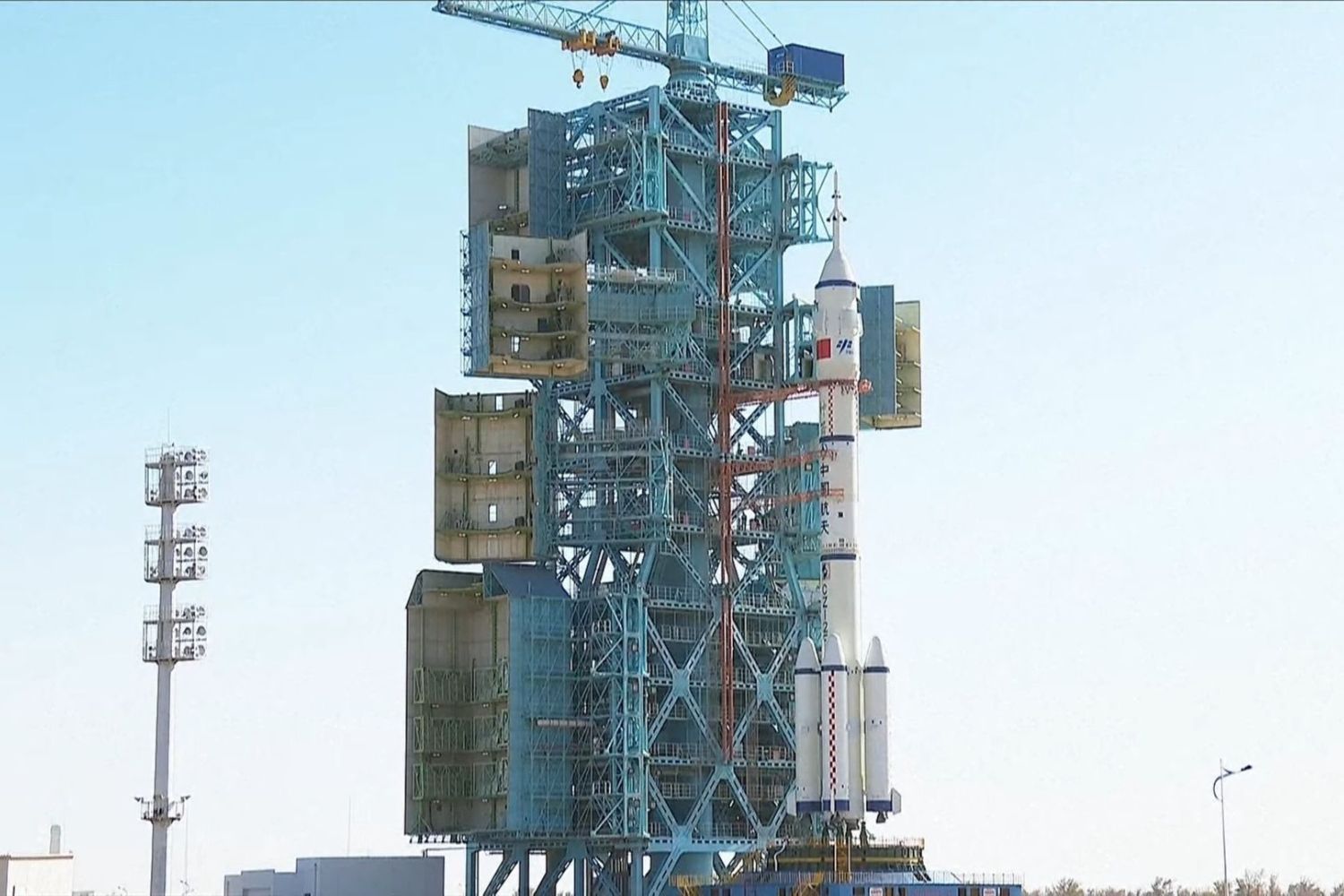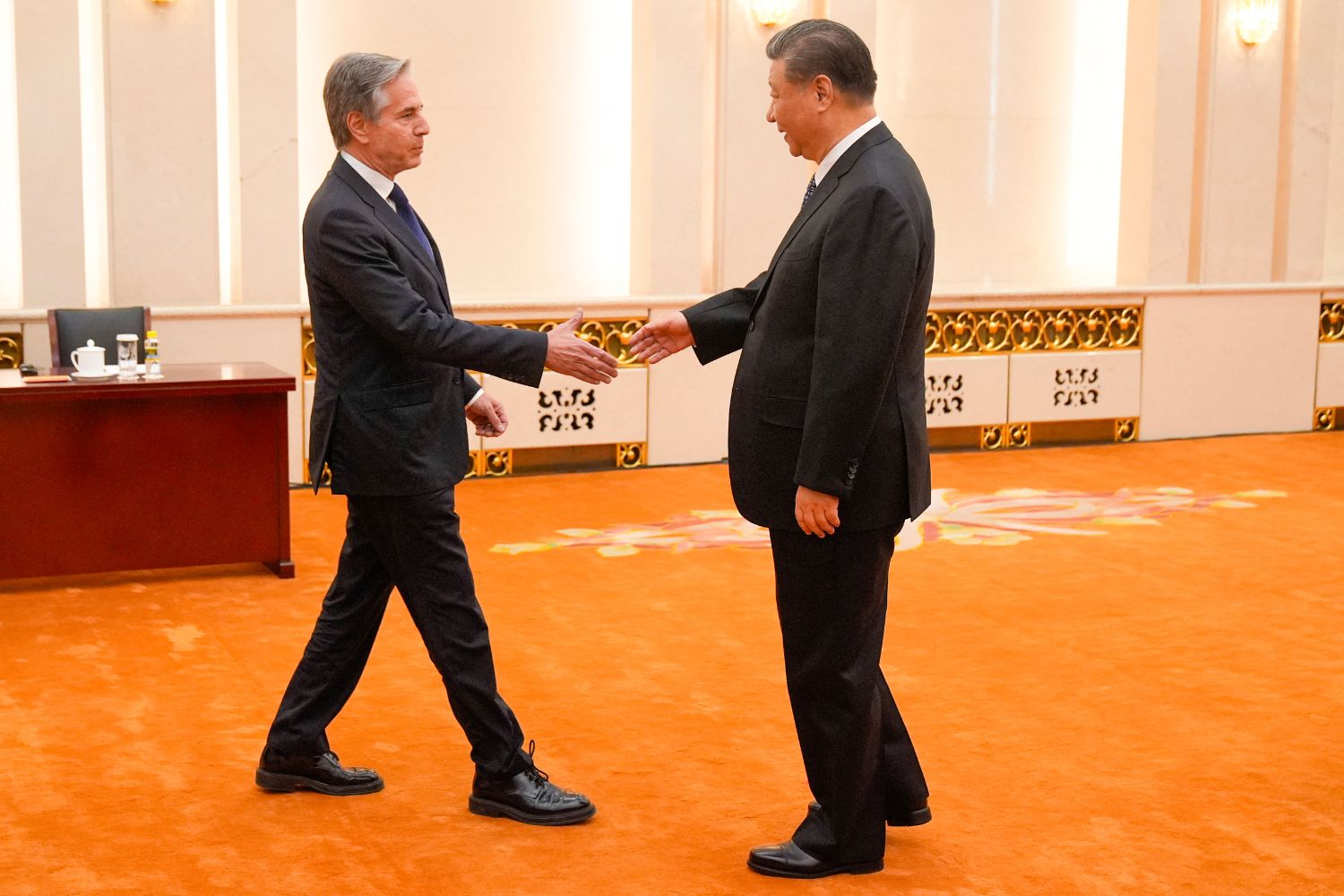In a significant milestone, Chinese astronauts Ye Guangfu and Li Guangsu performed a record-breaking spacewalk outside the Tiangong space station. This extravehicular activity (EVA) lasted an impressive 8.5 hours, marking the longest duration for any Chinese spacewalk to date.
The Spacewalk Details
Duration: The spacewalk, conducted on May 28, 2024, lasted approximately 8.5 hours.
The Astronauts: Ye Guangfu and Li Guangsu, both members of China’s three-person Shenzhou 18 mission, ventured outside the Tiangong space station.
Tasks Accomplished: Installation of the space station’s space debris protection device and inspection of extravehicular equipment and facilities.
Assistance: The third member of the Shenzhou 18 mission, Li Cong, monitored the spacewalk from inside Tiangong, ensuring the safety and progress of the astronauts.
Importance of Space Debris Protection
Space junk poses a genuine threat to space missions, and the Tiangong space station is no exception. Recently, Tiangong experienced a partial power loss due to a debris strike on its solar arrays. The installation of the space debris protection device during this spacewalk is crucial for safeguarding the station against further collisions.
Historical Context
China’s First EVA: The nation’s first extravehicular activity occurred on September 27, 2008, when astronaut Zhai Zhigang ventured outside his Shenzhou 7 capsule for approximately 20 minutes.
Shenzhou 18 Mission: This spacewalk was part of the six-month-long Shenzhou 18 mission, which launched to Tiangong in late April 2024.
Future Endeavours: The Shenzhou 18 crew will continue to engage in scheduled space science experiments, technical tests, and additional extravehicular activities during their mission.
Global Spacewalk Records
Chinese Record: Ye Guangfu and Li Guangsu’s spacewalk set a new record for the longest single spacewalk by Chinese astronauts.
US Record: The longest-ever spacewalk by US astronauts was 8 hours and 56 minutes, achieved by James Voss and Susan Helms in March 20016.
The Tiangong Space Station
Tiangong, also known as the “Sky Palace,” is a Chinese-constructed and operated space station in low Earth orbit at an altitude of between 210 and 280 miles above the surface.
Mission Background
The Tiangong space station is part of China’s ambitious Tiangong program, which aims to create a modular space station comparable to the Russian Mir space station. The program is independent and unconnected to any other international space-active countries. It represents a significant milestone in China’s Manned Space Program, which began in 1992.
Construction and Modules
Tiangong is a modular design, with modules docked together while in low Earth orbit, between 340 and 450 km (210 and 280 mi) above the surface. The first module, the Tianhe (meaning “Harmony of the Heavens”) core module, was launched on April 28, 2021. Subsequent missions added two laboratory cabin modules, Wentian (“Quest for the Heavens”), launched on July 24, 2022, and Mengtian (“Dreaming of the Heavens”), launched on October 31, 2022.
Purpose and Future Missions
Tiangong serves as China’s first long-term space station and is a crucial part of the Third Step of China’s Manned Space Program. Its pressurised volume is approximately 340 m³ (12,000 cu ft), slightly over one-third the size of the International Space Station (ISS). The space station aims to provide opportunities for space-based experiments and serves as a platform for building capacity in scientific and technological innovation. Over the next decade, the CMSA (Chinese Manned Space Agency) hopes to keep Tiangong continuously inhabited by a minimum of three astronauts. Tiangong will host a wide range of experiments from both China and other countries, contributing to our understanding of space and advancing scientific research.
Interesting Facts
The Chinese space station was completed on November 5, 2022, following a manoeuvre to shift the recently arrived Mengtian module to its permanent docking port. China built its own space station because it was excluded from the ISS program due to U.S. concerns over links with the People’s Liberation Army. Tiangong is much smaller than the ISS, with only three modules compared to the ISS’s 16 modules. However, it aims to be a hub for scientific exploration and international collaboration.
This remarkable achievement of Ye Guangfu and Li Guangsu demonstrates China’s commitment to space exploration and safety. Their record-breaking spacewalk contributes to the ongoing success of the Tiangong space station and paves the way for further advancements in human spaceflight.
ALSO READ: China’s Tianzhou 7 successfully socks at Tiangong Space Station













